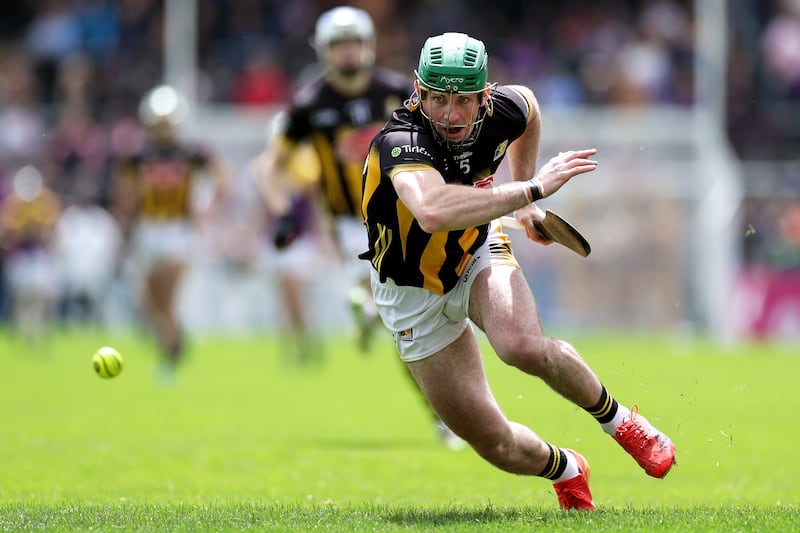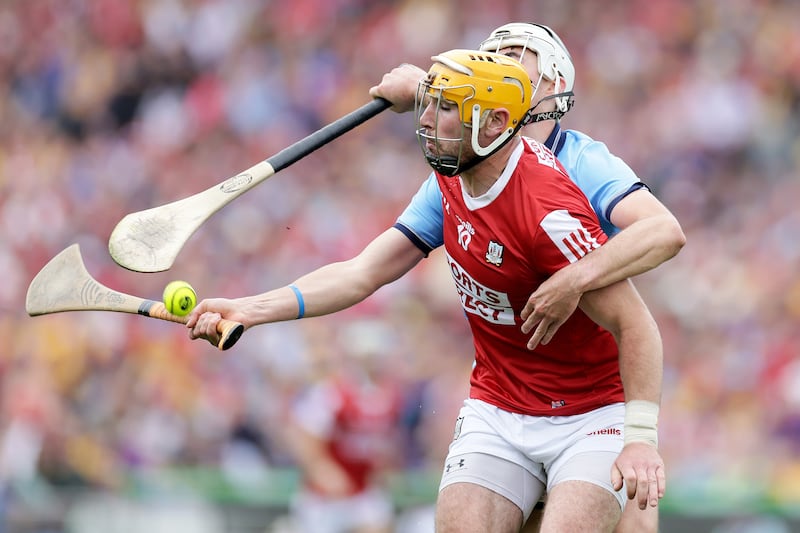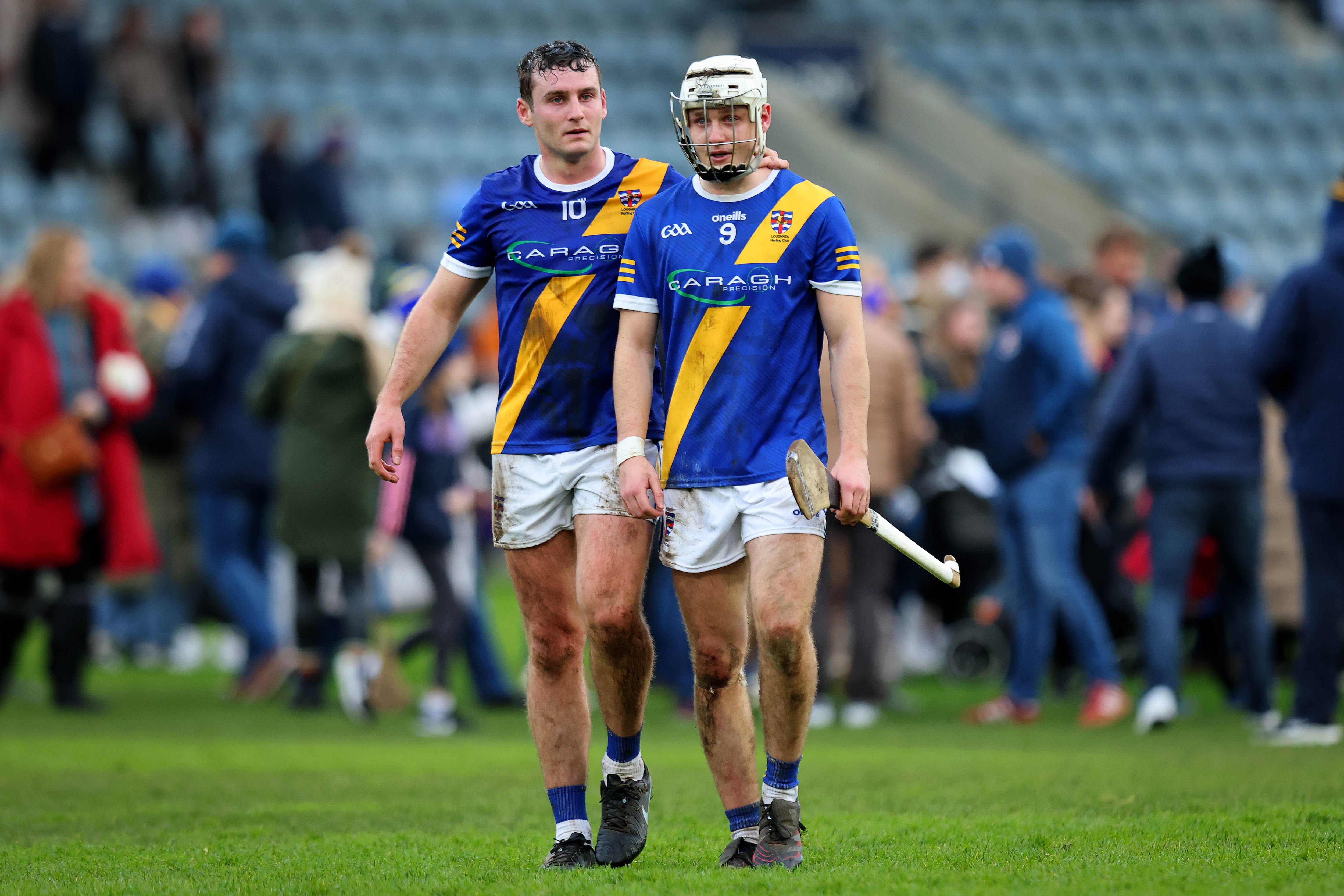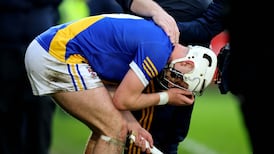I suppose there is no great surprise about the identity of this weekend’s four All-Ireland semi-finalists. As far back as the league, Limerick, Kilkenny and Clare were the leading counties and also reached the last four of that competition. The only difference is Tipperary – and Clare gave them a severe beating, which accurately reflected the championship ahead of them.
Cork’s emergence as the fourth county is just what hurling needs. For the past two years we have had Clare and Kilkenny in one semi-final and Limerick and Galway in the other but Cork bring a different dimension.
Saturday’s Kilkenny-Clare meeting is Act III between the counties – Act IV if you count the league final – and I have been moving around a bit on the likely outcome.
After the provincial finals it was hard to see beyond Kilkenny but Clare’s evident improvement in the quarter-finals, even allowing for Wexford being reduced to 14, moved the dial a little in the other direction but I’m settling more on the Leinster champions as the day approaches.
READ MORE
Kilkenny’s impressive defeat of Dublin in the final was far more in keeping with the ruthless scoring and aggressive contact that define Kilkenny’s best play.
The main features of Kilkenny’s success in this fixture in the past two seasons have been Clare’s self-inflicted wounds – a botched attempt to replace the injured John Conlon and last year’s change of system – the success of Mikey Butler marking Tony Kelly and the team’s scoring economy.
Kelly is on the up, judging by the Wexford quarter-final, and although some advice is for him to play the same role around the middle of the field, that’s where he mostly operated last year and Butler followed him. I’d be surprised if Kilkenny don’t leave that match-up alone.
Shane O’Donnell has become Clare’s big threat and Huw Lawlor will pick him up inside, and one of the half backs might do so if he drops out, as he did in the quarter-final. There may be potential in that centre forward ‘hole’ for O’Donnell or Mark Rodgers, as Richie Reid prefers a loose role in defence.
There is also very good news in the return to the bench after long-term injury of Ryan Taylor. If ready, he brings great power and mobility to the middle third.
Kilkenny’s advantages are their scoring prowess. TJ Reid’s inputs may have powered down this year but they haven’t vanished and Adrian Mullen will score plenty, especially off his left; Eoin Cody as he showed last year will punish any lapses.

The other asset they have is their ability to disrupt because no team is more dependent on getting into a ‘flow’ state than Clare. It makes for their best periods in matches, as against Cork, Limerick, Waterford and Wexford. They have always been offset by the tendency not to punish opponents when on top and then, cough up goals through errors.
There’s none better than Kilkenny at disrupting patterns. Their technical ability to get the hurley in and close-contact skills are just hard to counter, particularly when they are as aggressive as they were against Dublin.
Clare just can’t make mistakes in the back four – goalkeeper and full backs. Last year after getting back into a winning position, they conceded a goal after Rory Hayes spilt a short puck-out.
I think they’ll be right in the contest but because of the above tendencies also more likely chasing the match and that makes it very difficult against Kilkenny because they don’t periodically go away and 70 or 75 minutes’ hurling is required to beat them.
Limerick and Cork come into Sunday, shadowed by the tremendous match they played in Páirc Uí Chaoimh last May. The Cork team that has so enthused their crowds of supporters played its best hurling in that match. They really need to get back to that level if we are to have a similar contest on Sunday.

On that night, it was all about long ball down on top of the Limerick half-back line, who didn’t deal with it very well. There was ball breaking everywhere and the likes of Shane Barrett and Séamus Harnedy were on to it and, then, Alan Connolly and Brian Hayes were also winning high ball, turning and running. The result was chaos for Limerick and goals for Cork.
There was some of the same against Tipperary in the second half but they had been ordinary enough until the Connolly goal.
The problem is that they have been nowhere near that level in the last two matches, against Dublin and Offaly – albeit with the alibis of illness in the camp and the crazy lunchtime throw-in for the quarter-final.
In fairness to Cork, Barrett and Declan Dalton have held things together but there’s been a drop-off in the performance levels of other key contributors on that night.
Limerick have gone in the other direction. They sharpened up considerably in the following matches – particularly when Waterford went long against them and they looked energised, contesting the high ball. John Kiely mentioned that targeted improvement afterwards.
They have had the four-week adjustment since the Munster final, which they are old hands at managing and coming into Croke Park in a higher gear than in Munster. They can certainly be depended upon to be at a different register than two months ago.
Diarmaid Byrnes is back in form and although Barry Nash is a loss if he doesn’t play – he’s their main distributor from the back – Seán Finn’s arrival is not going to hurt them defensively and may even be a benefit in controlling the chaos and shutting down that Cork madness.
If Cork can re-release the genie, we’ve a match but they’ll need to create that chaos and score goals but Limerick’s middle third has looked ominously closer to being back to their best.


















